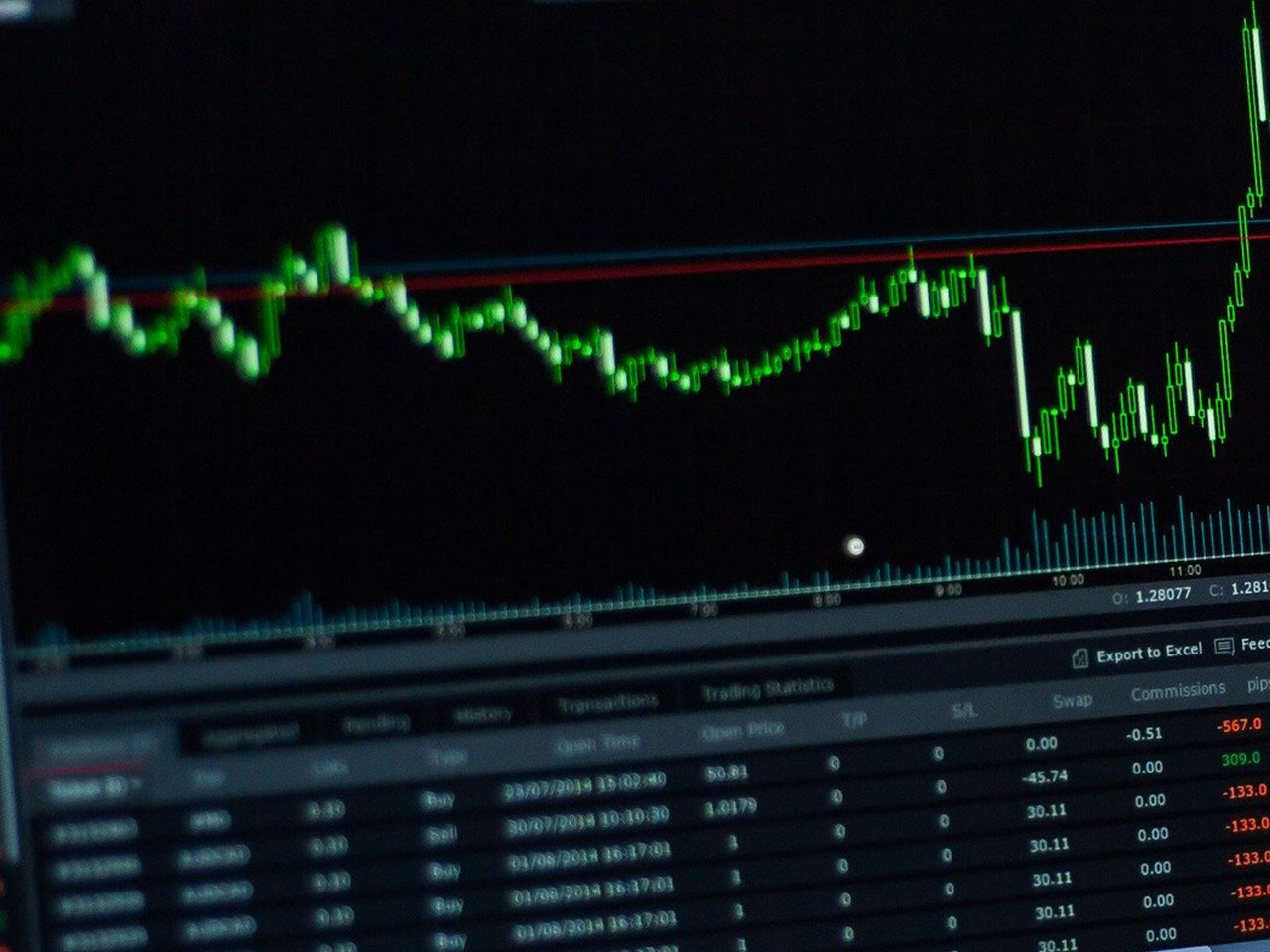As the world continues to recover from the pandemic’s turbulent impact on travel, Carnival Corporation & plc stands as a significant player charting its course in the cruise industry. With its roots dating back to 1972, Carnival has grown into a global leader in leisure travel services, boasting a diverse portfolio of cruise brands including Carnival Cruise Line, Princess Cruises, and Cunard, among others. Headquartered in Miami, Florida, this behemoth of the seas has a market capitalisation of $26.64 billion, reflecting its robust standing in the consumer cyclical sector, specifically within travel services.
Current figures reveal that Carnival’s stock, traded as CCL.L, is priced at 1977.5 GBp. This is a considerable climb within its 52-week range of 12.76 to 2,057.00 GBp, suggesting a stabilisation and potential for growth as the industry rebounds. However, the recent price change of -8.50, representing a 0.00% movement, indicates a period of consolidation as the market assesses its next move.
A closer examination of Carnival’s valuation metrics presents a mixed picture. The absence of a trailing P/E ratio and other standard valuation metrics like PEG Ratio, Price/Book, and Price/Sales might give pause to some investors. Notably, the forward P/E ratio stands at a staggering 868.85, which could reflect expectations of significant future earnings growth, albeit from a low base post-pandemic.
Carnival’s performance metrics show a promising revenue growth of 9.50%, coupled with a return on equity of 30.02%, which could appeal to investors searching for companies with strong operational efficiencies. The company’s free cash flow of $2.056 billion is a testament to its ability to generate cash and sustain operations, an essential factor in the capital-intensive cruise industry. However, the lack of net income reporting warrants cautious optimism, reminding investors of the hurdles the company still faces.
In terms of dividends, Carnival does not currently offer a yield, with a payout ratio of 0.00%. This decision is likely a strategic move to conserve cash amid ongoing recovery efforts. Analysts appear optimistic, with 22 buy ratings versus just 7 hold ratings and no sell ratings. The average target price set at 2,053.36 GBp suggests a modest potential upside of 3.84%, indicating analyst confidence in Carnival’s recovery trajectory.
Technical indicators provide further insights into the stock’s potential direction. The 50-day and 200-day moving averages of 1,652.02 GBp and 1,618.86 GBp, respectively, suggest that the stock is currently trading above these averages, a positive signal for momentum traders. However, the RSI (14) at 17.44 indicates that the stock is currently in oversold territory, potentially setting the stage for a rebound.
For investors, Carnival presents an intriguing proposition. The company’s extensive brand portfolio and global reach position it well to capitalise on the resurgence of travel demand. While challenges remain, particularly in achieving consistent profitability, the strategic focus on cash flow and operational efficiency could yield long-term benefits. As the cruise industry regains its sea legs, Carnival’s journey remains one to watch closely, offering both opportunities and risks as it navigates the waters of recovery.










































